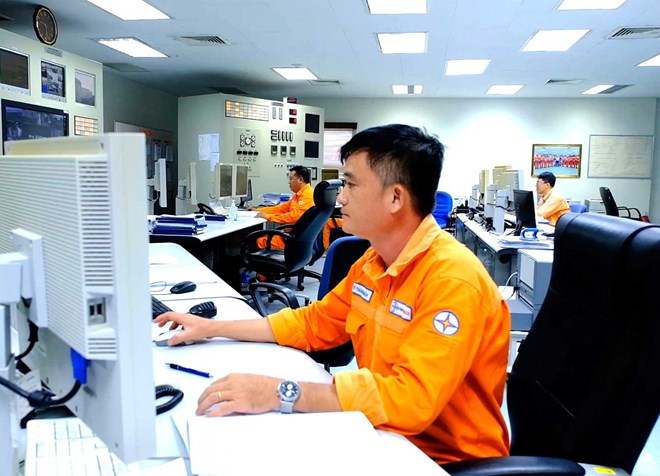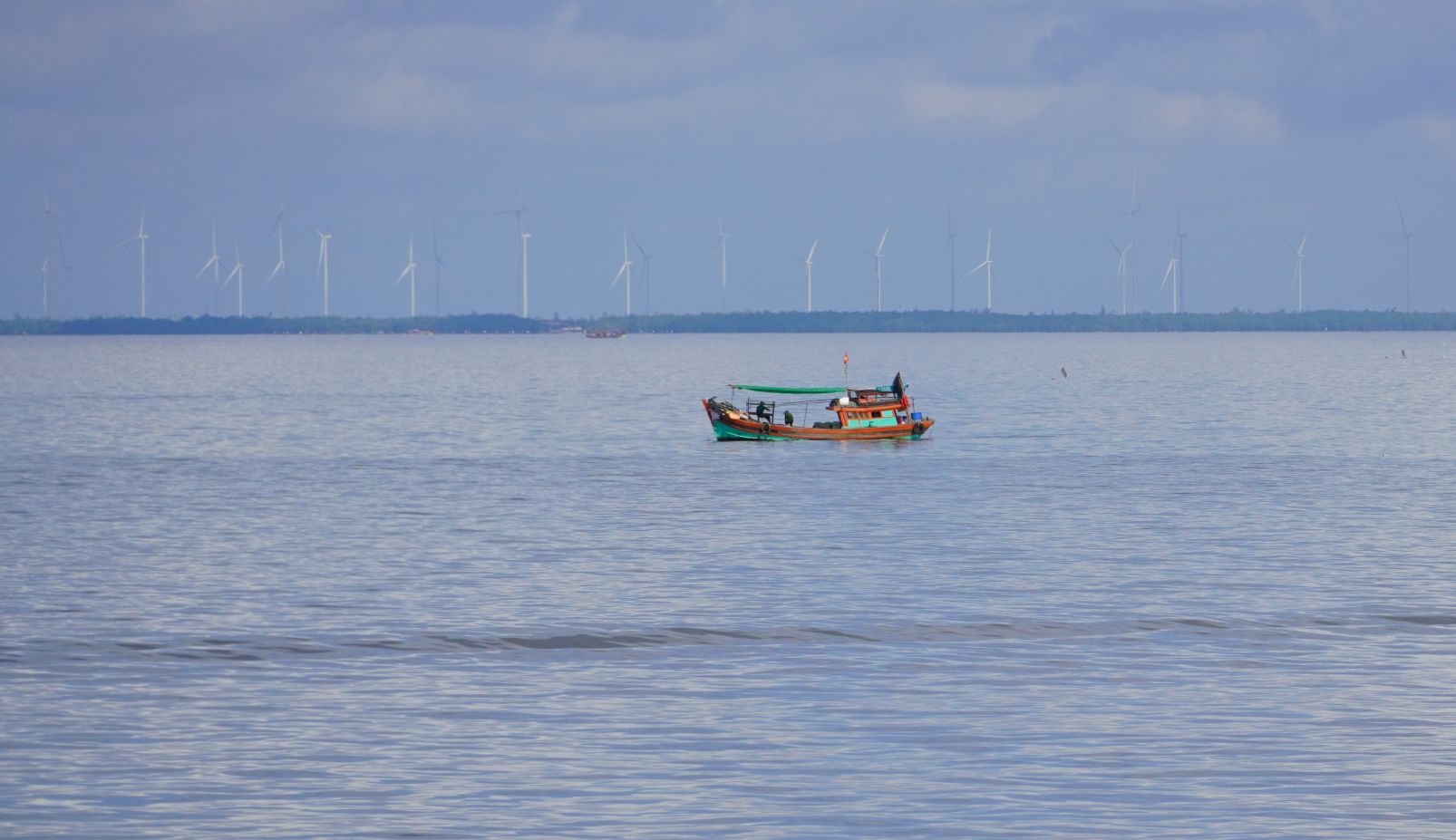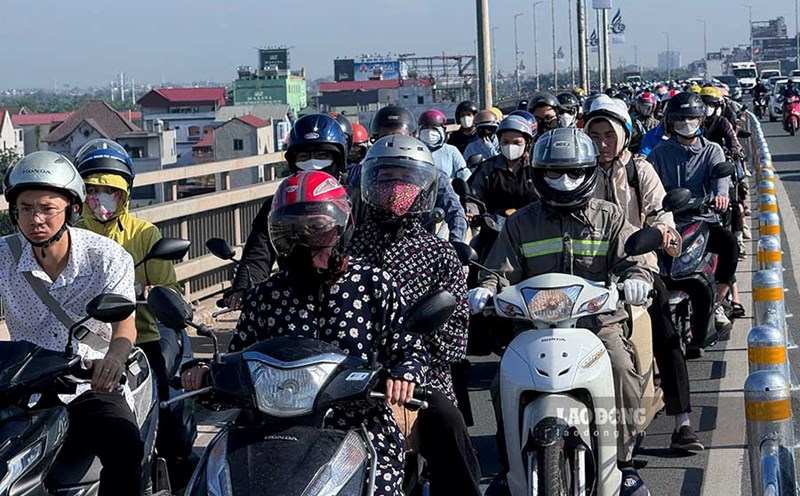After the merger, Can Tho city is currently focusing on many large-scale energy projects. In which, the plants are in operation such as Can Tho Thermal Power Plant, O Mon I Thermal Power Plant and Song Hau 1 Thermal Power Plant. The projects under implementation include Long Phu I Thermal Power Plant (1,200 MW), Song Hau 2 Thermal Power Plant (2.120 MW), O Mon IV Thermal Power Plant.

On August 19, the People's Committee of Can Tho City coordinated with the Vietnam National Industry - Energy Group (PVN) to start construction of the O Mon IV Thermal Power Plant - the first downstream project of the B - O Mon Gas - Power Project Chain. This is also one of the large-scale projects in the Southwest region. It is expected that each year, the plant will provide about 6 billion kWh of electricity, contributing to ensuring energy security, promoting the socio-economic development of the Mekong Delta and Can Tho City.
Mr. Le Manh Hung - Chairman of the Board of Members of PVN - said that when put into commercial operation, O Mon IV Thermal Power Plant will increase the total power generation capacity of the group to more than 9,300 MW, accounting for about 10% of the capacity of the national power system. This project, together with the progress of the Lot B - O Mon Gas - Power Chain, will create overall efficiency, making a great contribution to national energy security and regional economic development.
According to the Department of Industry and Trade, the O Mon energy cluster (including 4 O Mon I, II, III, IV thermal power plants) when fully operated, each 1,000 MW of electricity will contribute about 1,200 billion VND/year to the budget, equivalent to 5,000 billion VND/year for the entire chain, adding a clean and stable power source to the Mekong Delta region.

Not only focusing on thermal power, Can Tho City has recently worked with PVN on the PetroVietnam Eco-energy - Industrial Center Project in the locality. The project is designed as an industrial ecosystem, including 3 functional clusters: clean energy, fertilizer industry - green chemicals and agricultural products, logistics, technical services.
According to PVN, the total investment capital by 2050 is expected to be more than 19 billion USD. In particular, by 2030, electricity, gas, and agricultural product warehousing projects will be implemented with a capital of 2.9 billion USD, revenue of about 1.6 billion USD/year, and 100 million USD/year will be paid to the budget.
In the period of 2030 - 2035, PVN will invest an additional 2 billion USD to expand the LNG warehouse, build a bio-methanol plant, organic fertilizer, SAF and refrigerated warehouse, achieving a revenue of 2.6 billion USD/year. By 2050, offshore wind power projects, green hydrogen, and green am ammonia will increase revenue to 7 billion USD/year, contributing 740 million USD/year to the budget.
Chairman of Can Tho City People's Committee Tran Van Lau commented that this project is in line with the city's development orientation after the merger, in the context of agriculture still accounting for a large proportion. The center not only exploits the strengths of agriculture but also promotes the deep processing industry, contributing to job creation, increasing budget revenue, reducing CO2 emissions and ensuring energy security.

With 72km of coastline (formerly owned by Soc Trang), Can Tho City has great potential for renewable energy, especially wind power. According to the plan, the entire old Soc Trang province has 19 wind power projects that have been granted investment policy decisions, with a total capacity of about 1,395 MW. To date, 11 projects have been implemented. Of which, 7/11 projects have been put into commercial operation with a total capacity of about 340 MW.
Typical wind power plant No. 7 (Vinh Hai commune), invested by Soc Trang Energy Joint Stock Company. Phase 1 has a capacity of 29.4MW with 7 Vestas turbines (4.2MW/tuabin), total capital of VND 1,486 billion. In 2024, the plant will issue 98.5 million kWh of electricity to the grid, equivalent to an industrial production value of nearly 90 billion VND. The project is completing procedures to implement phase 2 with a capacity of 90MW, with an investment capital of about VND 3,800 billion, expected to start construction in the fourth quarter of 2025 and operate by the end of 2026.











